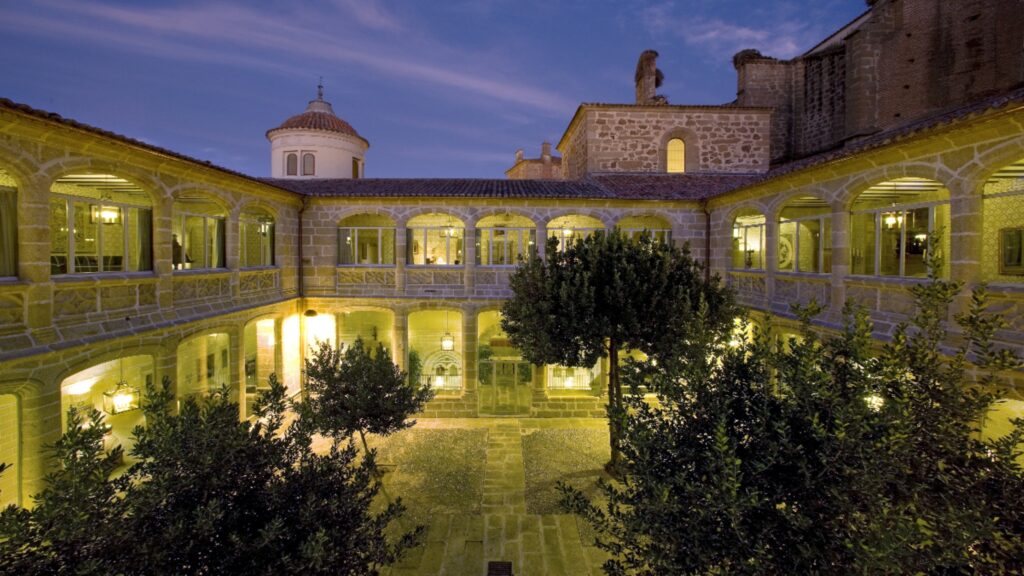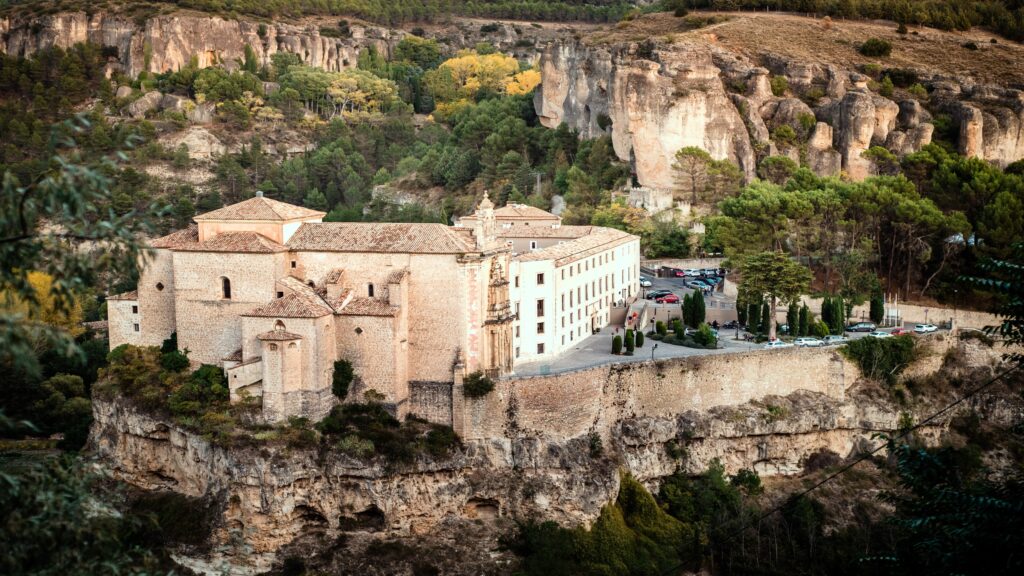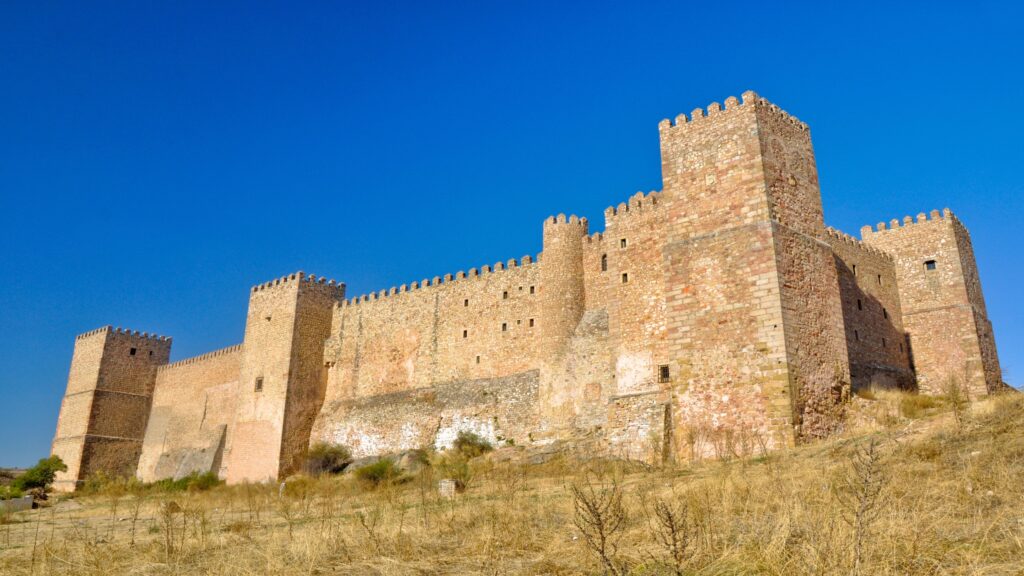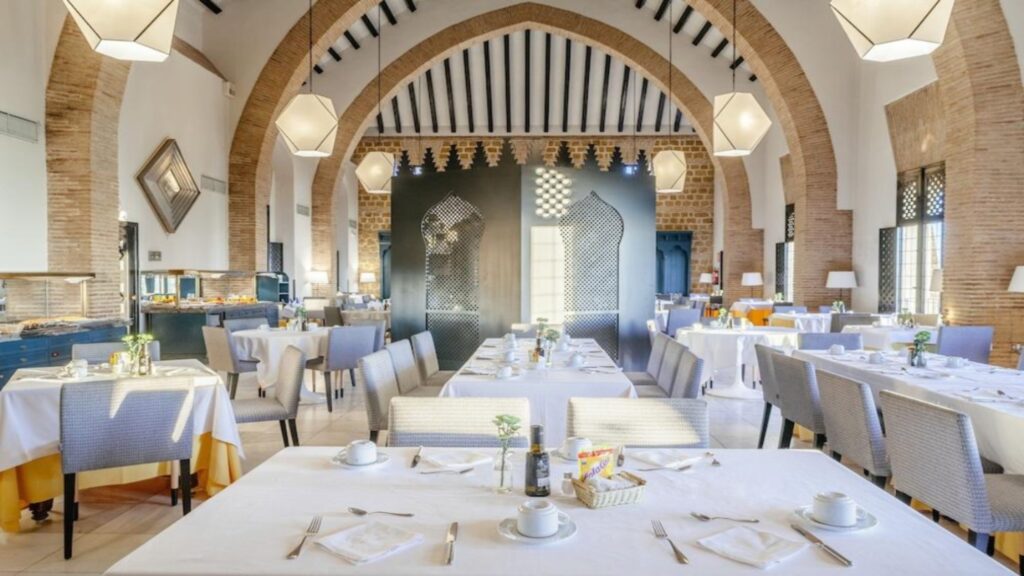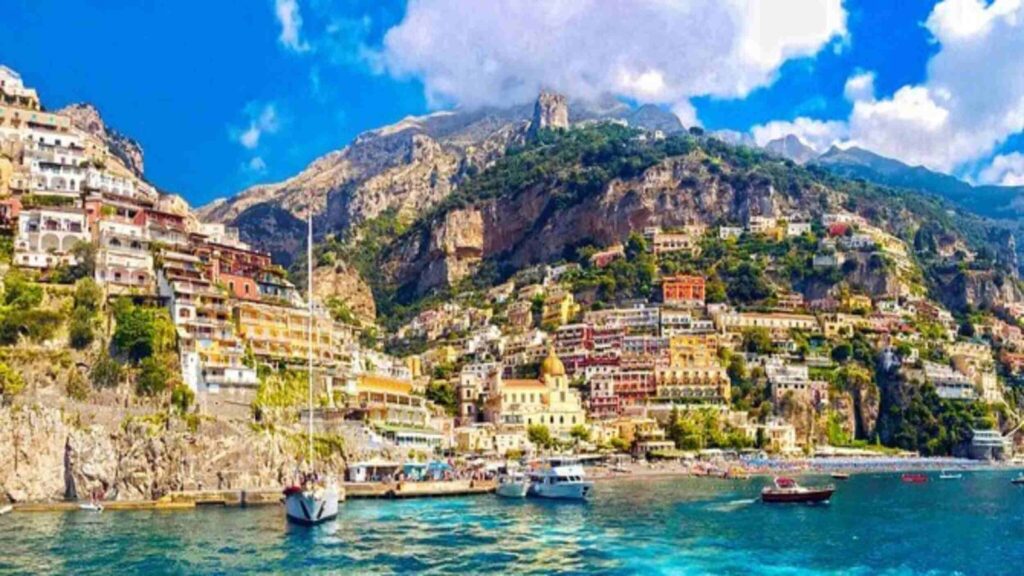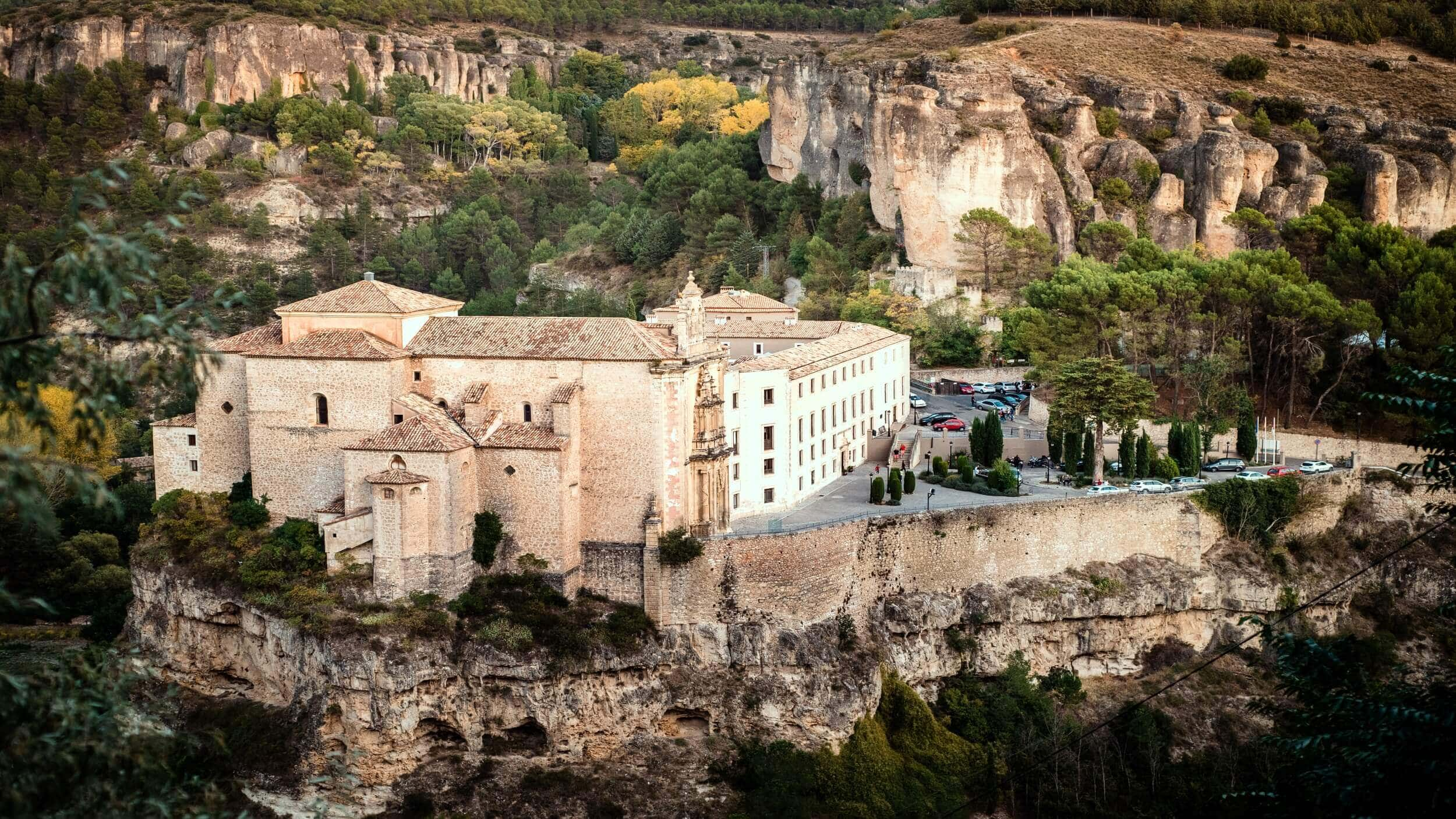
Staying in Paradors: Complete Spanish Guide
Spanish Heritage Paradors
The historic hotel network spans across the kingdom’s most beautiful regions. The transformative experience of staying in paradors provides travellers with an authentic cultural immersion. Of course, from dramatic clifftop castles to serene mediaeval monasteries, each property tells its own story.
The extensive network of properties spans more than 90 historic locations throughout Spain. In fact, staying in paradors offers unparalleled access to prestigious heritage buildings across the country. Additionally, twelve UNESCO World Heritage sites maintain exceptional hospitality standards within this collection.
The rich architectural heritage shapes every visitor’s experience. As a result, staying in paradors connects guests with Spain’s finest historic buildings. In fact, each carefully restored property showcases distinct characteristics of Spanish design.
Authentic Spanish Experiences
First-time visitors discover a blend of luxury and tradition in these historic accommodations. Certainly, staying in paradors elevates the travel experience beyond conventional hotels. Different from standard properties, each location emphasises authentic regional character.
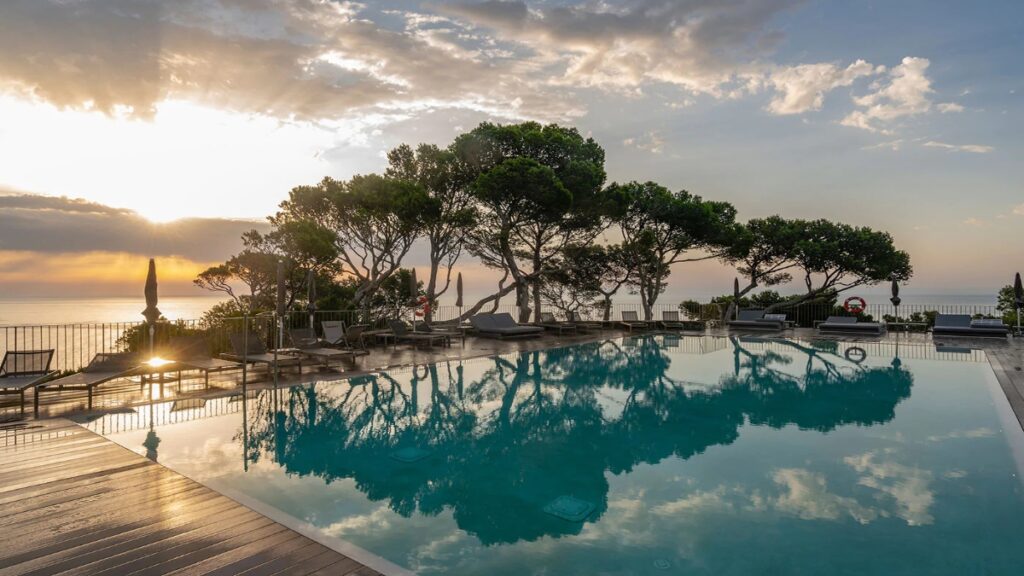
Essential Experiences: Staying in Paradors
Spanish Cultural Paradors
The historic hotel network transforms ordinary travel into extraordinary cultural immersion. Through staying in paradors, guests discover Spanish heritage firsthand through carefully preserved architecture. Of course, these properties seamlessly blend historical authenticity with modern comfort.
The magnificent hostel in Santiago de Compostela stands as a testament to Spanish hospitality. For instance, staying in paradors offers a chance to sleep in historic buildings like this 1499 royal hospital. On the other hand, each parador reveals unique stories that continue to captivate global travelers.
Heritage Accommodation Experiences
The remarkable Hostal dos Reis Católicos combines five centuries of history with modern luxury. As a result, staying in paradors of this calibre provides an unforgettable glimpse into Spain’s Golden Age. Particularly noteworthy are its four beautiful cloisters and elegant public spaces.
The privileged location of Granada’s historic property presents an incomparable cultural experience. For instance, staying in paradors allows guests exclusive access to the Alhambra’s gardens after hours. In particular, this 15th-century convent offers uniquely intimate views of Spain’s Moorish masterpiece.
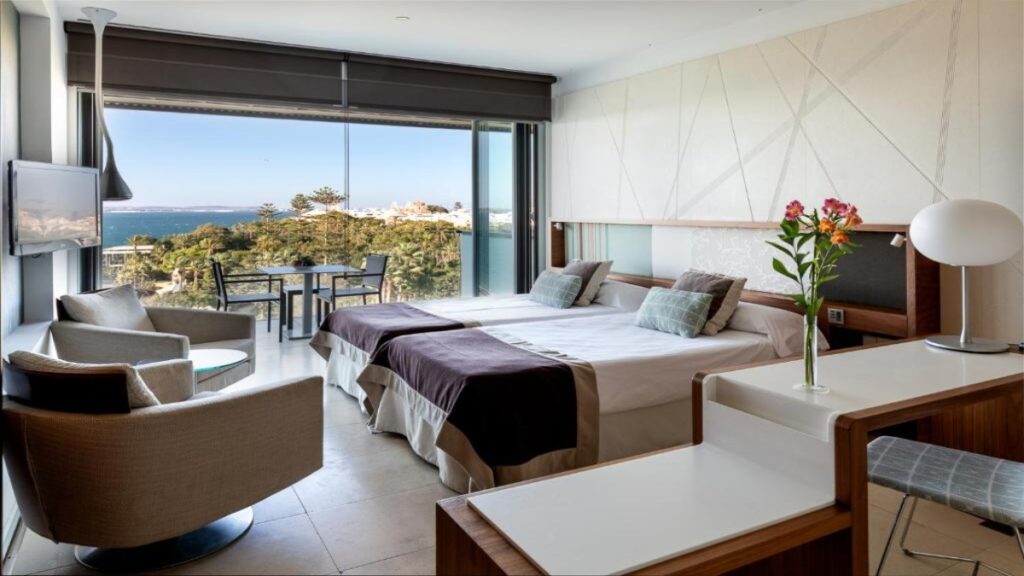
Historic Paradors: Where to Stay
Medieval Castle Paradors
The architectural heritage spans nearly every significant period of Spanish history. Through staying in paradors, visitors connect with everything from mediaeval castles to Renaissance palaces. Of course, each property tells its own unique story through carefully preserved details.
The magnificent Cardona fortress stands as a testament to 9th-century military architecture. Most importantly, staying in paradors like this former castle offers an authentic glimpse into Spain’s feudal past. In fact, its thousand-year-old walls command breathtaking views of the Catalonian countryside.
Historic Palace Experiences
The remarkable Oropesa property occupies a 14th-century palace in Toledo province. Such as its role during the Reconquista, staying in paradors connects visitors with Spain’s most pivotal moments. Indeed, this former seat of the Toledo-Álvarez family preserves centuries of history.
The mediaeval character remains intact through imposing towers and battlements. As a result, staying in paradors allows guests to explore authentic historic treasures. Particularly noteworthy is the property’s museum room, displaying artefacts discovered during restoration.

Cultural Guide to Paradors
Cultural Paradors Highlights
The cultural richness extends far beyond architectural significance. Through staying in paradors, visitors immerse themselves in Spanish traditions, gastronomy, and artistic heritage. Of course, each location provides unique insights into regional customs and practices.
The magnificent León property, housed in the 16th-century Convento de San Marcos, showcases Renaissance grandeur. Most importantly, staying in paradors like this former monastery offers a window into Spain’s religious heritage. Indeed, its plateresque façade and decorated church tell centuries-old stories.
Staying in Traditional Spain
The thoughtful conversion of monastic spaces demonstrates innovative preservation. Such as the luxurious accommodations within these historic walls, staying in paradors creates memorable cultural connections. In fact, each carefully restored room balances history with comfort.
The remarkable property in Alcalá de Henares celebrates Miguel de Cervantes’ legacy. As a result, staying in paradors allows guests to connect with Spain’s literary heritage. Particularly in this UNESCO World Heritage city, cultural immersion reaches new depths.
Modern Aspects of Staying in Paradors
Modern Paradors Amenities
The contemporary elements of historic properties showcase thoughtful modernisation. Through staying in paradors, guests experience how careful updates enhance ancient buildings. Of course, each renovation preserves the authentic character while adding luxury touches.
The striking Cádiz property demonstrates contemporary design excellence. Most importantly, staying in paradors like this seaside retreat offers both modern comfort and historical context. Indeed, the panoramic Atlantic views complement cutting-edge facilities.
The innovative spaces within reveal meticulous attention to detail. Such as the natural light and open layouts, staying in paradors provides a uniquely Mediterranean atmosphere. In fact, traditional Andalusian elements blend seamlessly with modern aesthetics.
Staying in Renovated History
The grand Limpias property in Cantabria exemplifies timeless elegance. As a result, staying in paradors allows guests to enjoy state-of-the-art amenities within historic walls. Particularly notable is how original features complement contemporary additions.
The meticulously maintained gardens enhance the peaceful atmosphere. Different from standard hotels, staying in paradors means experiencing perfect harmony between nature and architecture. Without doubt, these grounds provide an exceptional retreat.
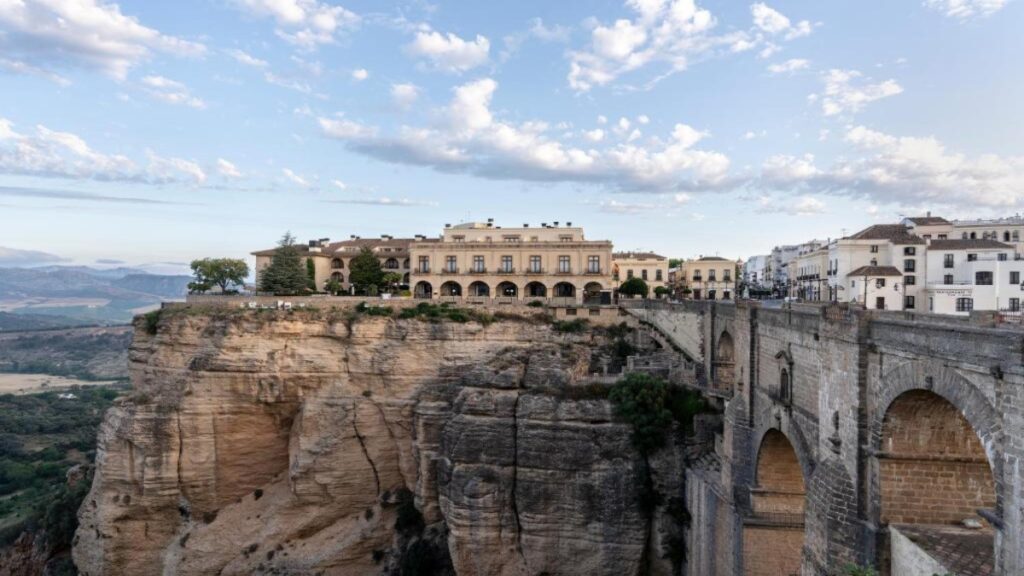
Castle Life: Staying in Paradors
Castle Paradors Overview
The preservation network represents Spain’s most successful heritage conservation project. Through staying in paradors, visitors experience living museums of Spanish history. Of course, each castle maintains its historical significance while providing modern hospitality.
The grand fortress residences shine through their magnificent restoration work today. In fact, staying in paradors allows guests to experience authentic medieval atmosphere. Additionally, these historic spaces preserve original stonework and ancient defensive features.
Staying in Fortress Accommodations
The carefully preserved castles tell unique stories through architectural elements. As a result, staying in paradors immerses visitors in centuries of Spanish military design. Particularly noteworthy are the defensive towers and ancient ramparts.
The privileged locations atop strategic hilltops offer exclusive views. Such as the protected battlements, staying in paradors provides unparallelled cultural immersion. In fact, these elevated positions create extraordinary historical experiences.
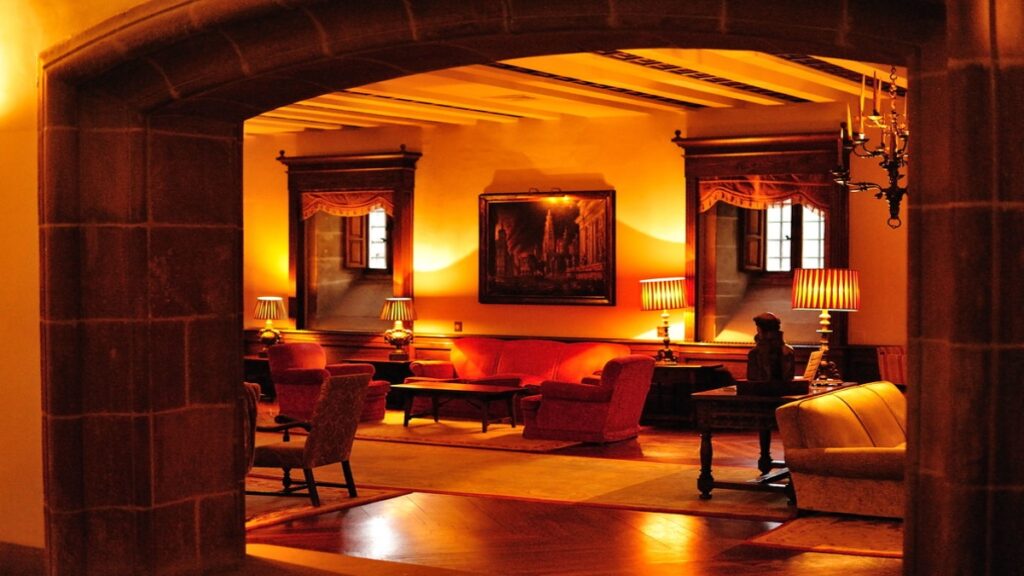
Staying in Historic Paradors
Historic Paradors Features
The timeless appeal of Spain’s heritage hotels captures centuries of history. Through staying in paradors, visitors experience different epochs of Spanish culture firsthand. Of course, each location celebrates its unique regional traditions.
Ancient stone corridors and restored royal chambers reveal centuries of Spanish nobility. For example, staying in paradors allows guests to experience life within medieval palace walls. Such as, these carefully maintained properties transport visitors through Spain’s rich architectural history.
Staying in Authentic Spain
The thoughtfully preserved spaces bring daily castle life into focus. As a result, staying in paradors connects visitors with centuries of Spanish heritage. Particularly noteworthy are the dawn-lit battlements and candlelit dining halls.
The peaceful ambiance of converted monasteries provides spiritual perspective. Such as the original cloisters and chapels, staying in paradors offers retreat from modern life. In fact, from meditation gardens to restored refectories, each space tells contemplative stories.
The rich spiritual character enhances every historical journey. Different from standard hotels, staying in paradors immerses guests in timeless serenity. Indeed, the preserved religious art and architecture create unique atmospheric experiences.
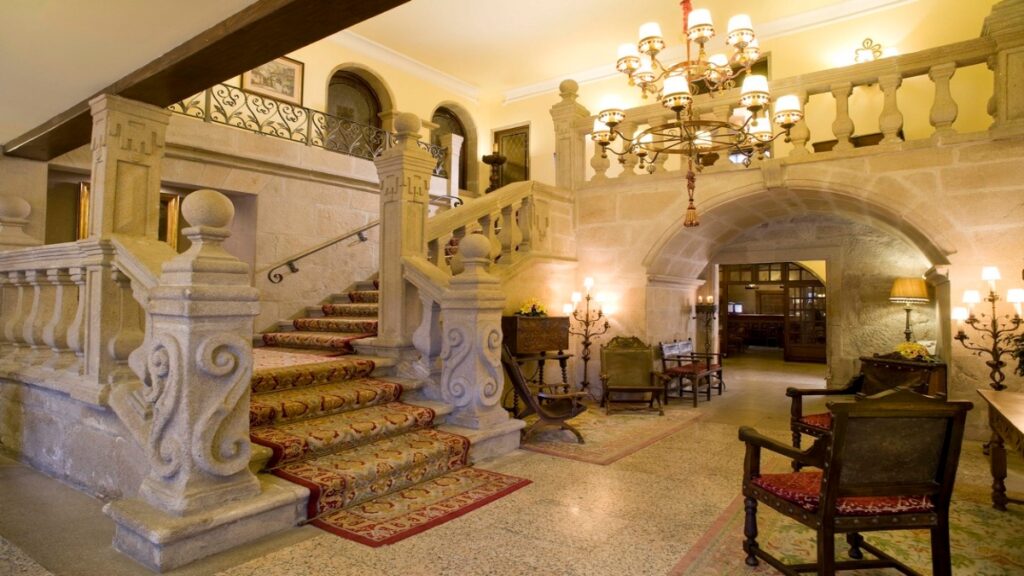
Staying in Paradors: Royal Experiences
Noble Paradors of Spain
The magnificent heritage of Spanish palaces provides truly royal encounters. Guests experience living history within grand residences. Of course, each palace maintains the splendour of its aristocratic past while offering modern comforts.
The opulent chambers now welcome modern travellers in regal style. For instance, staying in paradors allows guests to experience preserved frescoes and period furnishings. In particular, these meticulously restored rooms showcase centuries of Spanish architectural heritage.
Staying in Royal Residences
The daily experience extends beyond private quarters to formal gardens. As a result, staying in paradors immerses visitors in Spain’s golden age. Particularly noteworthy are the grand ballrooms and historic dining halls.
The privileged locations offer unique perspectives on Spanish heritage. Such as their positions near historic town centres, staying here provides exclusive cultural access. In fact, these strategic settings create extraordinary aristocratic experiences.
The atmospheric quality of converted palaces enriches every moment. Different from standard hotels, staying in paradors means experiencing centuries-old courtyards and formal gardens. Indeed, each preserved detail contributes to a truly noble adventure.
Booking The Most Popular Spanish Paradores
Without reservation, these historic properties represent the most sought-after Parador experiences:
Alhambra Palace Experience
- Parador de Granada. Experience the magic of staying within the Alhambra complex. Price range: €€€€ Best for: Cultural immersion, romantic stays
World’s Oldest Hotel
- Parador de Santiago de Compostela. Stay in Europe’s oldest operating hotel, dating from 1499 Price range. €€€€ Best for: Historic significance, pilgrim route
Medieval Castle Stay
- Parador de Cardona 9th-century fortress overlooking Catalonian landscapes Price range: €€€ Best for: Castle experience, scenic views
Contemporary Coastal Luxury
- Parador de Cádiz Modern design meets seaside splendor Price range: €€€ Best for: Ocean views, modern amenities
Frequently Asked Questions About Staying in Paradores
What exactly is a Parador?
A Parador is a luxury hotel owned by the Spanish government. Typically located in a historic building such as a castle, monastery, or palace. Most compelling evidence of their uniqueness lies in how they combine historical authenticity with modern comfort.
How do I choose which Parador to visit?
consider:
- Location preferences (coastal, mountain, urban)
- Historical period you’re most interested in (medieval, Renaissance, modern)
- Specific experiences (castle stays, monastery retreats, palace luxury)
- Proximity to major tourist attractions
Are Paradores expensive?
In similar fashion to other luxury hotels, prices vary by:
- Season (high season: April-October)
- Location (urban Paradores typically cost more)
- Room category
- Historical significance of the property Rates typically range from €100-€400 per night.
Do I need to book in advance?
Above all, advance booking is recommended:
- 6 months ahead for popular properties like Granada
- 3-4 months for most other locations
- Holiday periods require earlier booking
- Last-minute availability varies seasonally
What amenities can I expect?
Standard features include:
- Modern en-suite bathrooms
- Regional dining experiences
- Wi-Fi access
- Air conditioning
- Historic architecture and decor
Are Paradores family-friendly?
Most Paradores welcome families with:
- Connected rooms available
- Children’s menus
- Extra beds/cribs upon request
- Family activities in some locations
Can I create a Parador route?
Without doubt, many travellers enjoy multi-Parador itineraries:
- Northern Route: Santiago-León-Burgos
- Southern Route: Granada-Ronda-Cádiz
- Central Route: Madrid-Toledo-Segovia

